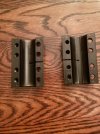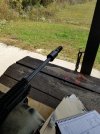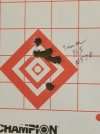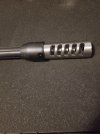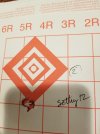So, I'm new to reloading. Like, I started buying powder and bullets in 2021. I watched a hundred hours of youtube videos, read reloading manuals cover to cover, and I am fortunate in a way that is beyond words to have a mentor. My buddy 338 dude literally sat with me for hours and walked me through the process from beginning to end, at least a dozen times, all while not allowing me to distract him with my never ending questions. So, first cartridge I loaded, I set up a ladder test, .3gr increments, 3 cartridges at each charge, and ran the crono on all 30rds, kept notes, etc. That was after buying a modified case and finding seating depth and all of that.
Fast forward to today. I've now loaded for 4 other cartridges, (22-250, 6mm arc, 300blk, and .308), and maybe another one or two that I can't remember. I literally go to the hornady manual, find the middle of the road load, find max mag length, then shorten my coal by .005, and I load 10rds and test them. Every single time I have had a load that shot .5moa or better. So... I did nothing but load more of the same and shoot them.
My question to you gentlemen is:
Assuming what I just said is generally true for most cartridges, do you really think it's worth your time to chase this process? How much time do you spend to get a load that shoots .2moa better than mine? I'm just shooting animals, and mostly coyotes, so a 1moa system will do everything I need. A .5moa system is superb, and I'm doing nothing described in this thread and achieving that over and over. Maybe I'm just lucky..

 www.longrangehunting.com
www.longrangehunting.com

